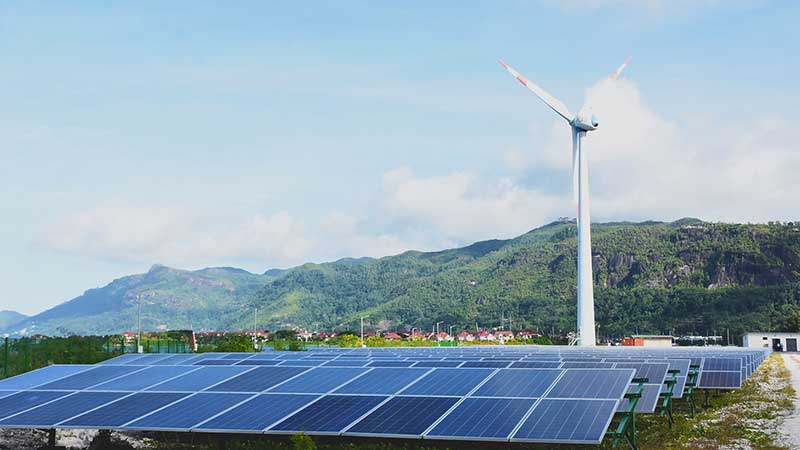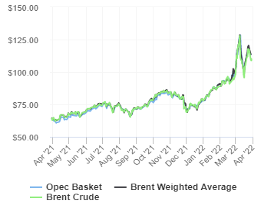
The Big Switch For SIDS: How It Holds Up Against Soaring Global Fuel Prices
Small Island Development States (SIDS) together contributes about 1.5% of the world’s Ghg emissions. Many are carbon sinks (absorbing more carbon than emitting) yet they end up with having some of the world’s highest climate vulnerability risk profile in the world. They sit at the frontline of the climate catastrophe our planet is on.
Most SIDS have embark on a low carbon transition pathway in very ambitious low carbon policies and targets. The Nationally Determined Contributions (NDC) of SIDS submitted to the UNFCCC shows that trend. In terms of long term electricity generation planning, the transition to renewable energy sources, will eventually guarantee sustainability and affordability of power over decades. The economics makes sense in long terms plans. High initial investment costs, then low maintenance costs over the life cycle of these low carbon projects. Putting it into context, these are remote, isolated, geographically challenging and land scarce locations surrounded by oceans.
The economics of electricity generation and distribution makes it, more expensive to produce power in those areas; than in comparison to continents and large land mass areas, with many more households, energy intensive industries and the option of importing power across its nearby regions, when it is necessary. The demand for electricity is not comparable to small states.
Islands do not have that luxury. However large or small sizes, the overwhelming majority of SIDS are heavily dependent on imported fossil fuels for electricity generation.
Short term developments: Russia-Ukraine War
Russian airstrikes continues in Ukraine and the war of attrition is on. With escalation in the conflict, fluctuating but rising oil prices are causing alarm about the future of global energy markets.

Source: oilprice.com
Trying to make sense of the recent oil price volatility, energy experts are still analyzing what this means in the short to medium term for global oil supplies and prices at petrol stations.
SIDS as market takers, in the short term have to buy the upward oil prices as it is on the market. Over the last few years, different factors have had major disruptions to SIDS economies. Climate Change itself, extremes in weather conditions have caused devastation on many islands. Covid 19, its effects on movements of global citizens and in turn reciprocates on the tourism sector; a major source of foreign exchange and revenue for many SIDS. In turn this foreign exchange is buying the oil needed at a higher prices right now.
What this means for the low carbon pathway
This situation puts any sort of low carbon transition pathway in jeopardy; especially for SIDS.
Why?
Fossil fuel spending has a direct correlation with their national spending in relation to GDP. These are very small economies, open, closed or mix economies. Either state owned utilities, oil importers are paying for it, burning up the foreign exchange reserves or its governments are heavily subsidizing the end price for consumers which they still have to find the capital somewhere to plug the holes. Either way this is tying up much of the capital and governments interests shifts immediately to prioritizing the short term.

The “Big Switch” to renewables, the roadmaps, the policies, the strategies are put on hold. Without clear pathways for these islands and their communities to make their small energy market get access to the global climate financial market; that the international community is engaged in accompanying them to achieve their long term goals of a low carbon pathway, these ambitious targets will stay as nicely detailed pdf documents used for references only.
Island Carbon Consult
